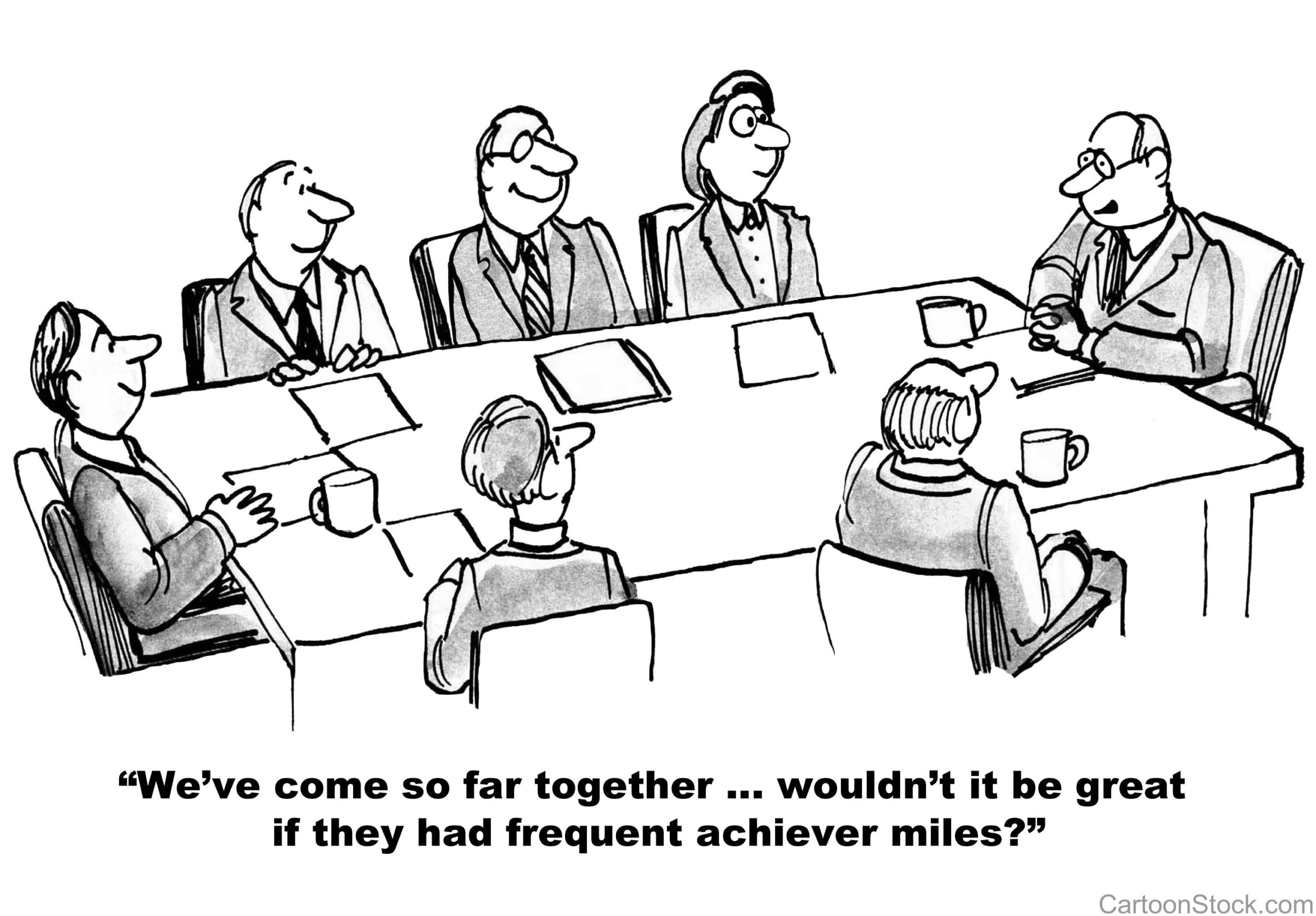
Who benefits from a Scrum team that is formed with a clear understanding of the rules, roles, events and artifacts of Scrum, accelerates its productivity in the short term, and continues to improve its performance over time?
It’s likely to be some combination of…
- The Customer in some shape or fashion, whether internal to, or external the “product’s organization,” because they get exactly what they asked for
- The Product, since a mature product presumably contains more value
- The Scrum Team, since the skills and behaviors that led to their performance level reinforce the skills and behaviors that will lead to even higher levels of performance
- The Organization, since the act of maturing a product anywhere within an organization can positively impact other products and product teams within the organization
As we know, a Scrum team always contains a product owner, a Scrum master and a development team; except in certain scaling paradigms. In Scrum-based product delivery, development team performance comprises a large chunk of the overall Scrum team performance profile. It is one of three critical achievements for assuring early product value acceleration, followed by sustainable performance improvement; the other two being product owner competence and Scrum master efficacy.
Scrum’s Three Roles and Their Contributions
Spoiler Alert: This article explains the need for excellent communication skills, so we will abbreviate the following descriptions of product owner and Scrum master behaviors/milestones/achievements. In reality, each role deserves multiple volumes to adequately describe it rather than a simple bulleted paragraph.
Product owners show competence when they…
- Communicate frequently with stakeholders, both to understand their needs and desires, and to share product updates with them in order to solicit new feedback.
- Research their product’s market – either directly or with help – in order to move the product in the best possible direction at all times, based on the projected value to their customers.
- Communicate with their development teams early and often in order to supply needed clarifications and to make decisions when new information comes to light; say, in the midst of any sprint.
- Prioritize features in order to deliver the greatest possible value to the client with every sprint.
- Show decisiveness, saying “no” to all but the most valuable work items in each sprint.
…or, as Geoff Watts says, a great product owner must be
- Decisive
- Ruthless
- Informed
- Versatile
- Empowering
- …and Negotiable
Wow. Love that “ruthless” thing, but he’s actually talking about being (paraphrasing here) “…ruthless in deciding which product backlog items will be addressed in the very next sprint, despite the various pressures to make alternative choices.”
Scrum masters are effective when they…
- Facilitate and coach their development teams through the various Scrum ceremonies and remove any impediments.
- Coach and support their product owners, helping them to streamline processes and achieve more effective ways of working.
- Communicate with their organizations, discussing effective ways to help support agility throughout.
- Play the role of true servant leader, acting in compassionate ways despite their challenges while assuring that their team(s) are living the Scrum values.
Development teams perform well and continue to evolve when…
- Team members have the rudimentary skills needed to contribute to the team as a whole.
- Individuals are lifelong learners, eager to add to their libraries of knowledge.
- A team’s composition is cross-functional rather than merely functional or siloed.
- Each individual in the team is in the process of mastering the communication skills necessary for the team as a whole to quickly reach common ground on important decisions.
If you were paying attention, you noticed that each of the roles in Scrum is heavily dependent upon well developed communication skills. If the rules of Scrum provide excellent structure within which high productivity can be achieved – and they do – then communication skills and practice are among the more important elements that give this structure life and longevity.
What Do We Mean by ‘Performance?’
To be clear, performance does not necessarily equate to “value provided.” Performance is the efficient execution of work that is selected for “getting done” in a following iteration, or sprint. A high performing development team could easily be doing the wrong things in a case where, for example, the product owner is not doing the job well.
Excellent output vis-à-vis a high performing development team does not mean that the highest potential value is achieved for the customer.
A higher level of development team performance results in…
- Elevated team velocity, ensuring that its capacity for work increases over time.
- A greater awareness of one another’s skills, work styles and communication styles.
- A greater awareness of one’s own skills, work styles and communication styles.
- An overall tendency for individuals’ skills to improve while reinforcing T-shaped growth throughout the team.
A Deeper Dive Into The Development Team
Having discussed how the three roles in Scrum come together to produce a highly productive Scrum team, next we’ll take a look at what the development team can do to boost its own performance.
…and Thank You
One of the truly wonderful things about discussions in lean/agile methodologies is the learning that occurs during training and consultative engagements. Agile concepts – and the Scrum framework in particular – are discussed, thrown around, praised, abused…, and ultimately appreciated every day.
Many smart people review my posts for me, helping me to stay on track and to make the best observations in the topics I raise. Alex Gray of Radtac is such a person and I am thankful to him for his insights.